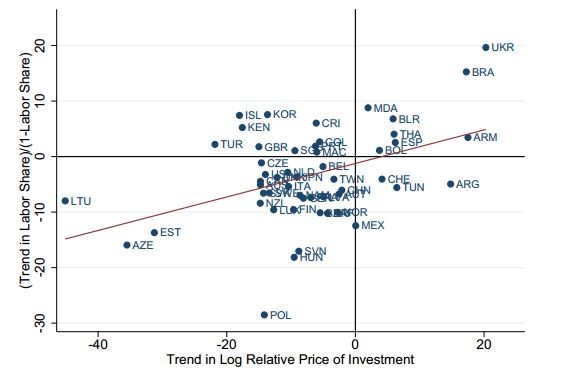International Cost of Equity The Science Behind the Art
Post on: 16 Март, 2015 No Comment

Primary links
The trend toward globalization has resulted in increased demand for valuations of companies located in all corners of the world, including both developed and emerging markets. It is important to recognize that the level of risk faced by buyers and sellers can be vastly different based upon the location of a company’s business operations. That is, investors require investment returns by considering the risk associated with the location of the business operations as opposed to the location of the capital sources. Country-specific risk factors include differences in inflation, macroeconomic volatility, capital controls, political stability, government regulations, contract and investor rights, and accounting controls.
Measuring and capturing these country specific risk factors continues to be a challenging undertaking as there is disparate consensus amongst industry practitioners and academics on how to appropriately capture the risk associated with emerging and undeveloped countries in a valuation context. Furthermore, many methodologies involve making subjective adjustments based on personal opinions and little empirical evidence. Based thereon, the uncertainty involved in calculating the risk appropriate for a specific entity (particularly those located in undeveloped or emerging markets) may result in a valuation that is “all art and no science,” unless quantitative measures such as those discussed herein are considered and applied appropriately.
Various methodologies are used to estimate an appropriate cost of equity for foreign countries. Outlined in this article are some of the methods used by industry participants and the benefits and detriments of each. (Please see the following map which illustrates the cost of equity by country across the world. It should be noted that the cost of equity for each country presented in this article is based on the arithmetic average of the studies contained herein. Actual concluded results by country may differ given the issues addressed with respect to each approach and the applicability to each country.)
Purposes for Computing an International Cost of Equity Return
While it may be challenging to capture the risk associated with emerging markets, there are many purposes for this type of analysis. Multinational and U.S. based companies have increasingly shifted business operations to countries with low costs of labor and high rates of growth. As such, the frequency of international mergers and acquisitions and international joint ventures has increased dramatically in recent years. The task of estimating a cost of equity in an international setting is required in several common situations whereby a valuation is performed. The following list presents situations in which the computation of an international cost of equity may be required.
Mergers & Acquisitions
Purchase Accounting and Goodwill Impairment Testing














